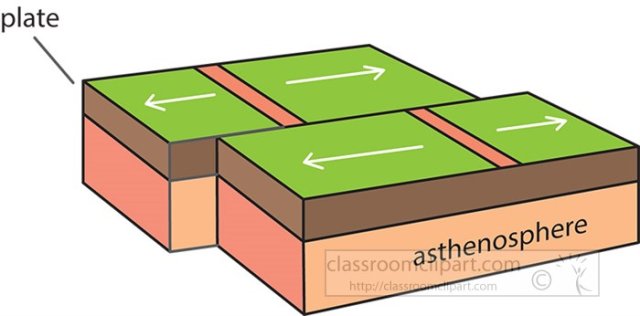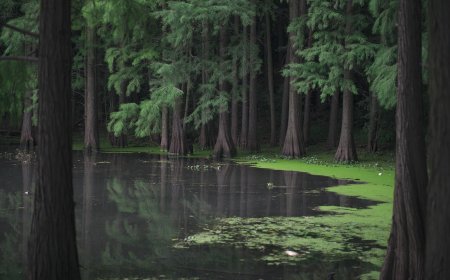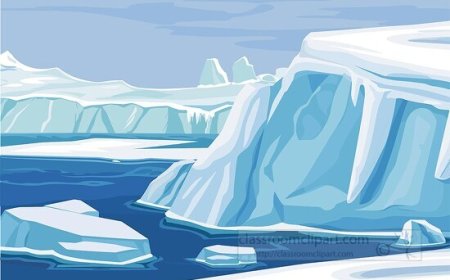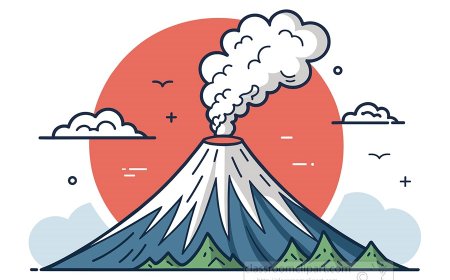Tectonic Plates: What They Are, How They Move, and Fun Facts for Students
Learn about tectonic plates—giant pieces of Earth’s crust. Discover how they move, create earthquakes and volcanoes, and shape our planet.

🌎 Tectonic Plates: Earth’s Moving Puzzle Pieces
🎯 Introduction
Tectonic plates are enormous slabs of rock that fit together like a puzzle to cover Earth’s surface. These plates float on the hot, soft layer underneath called the mantle.
Even though they move very slowly—only a few centimeters per year—they have a huge impact. When plates push, pull, or slide past each other, they cause earthquakes, volcanoes, and mountain building.
Understanding tectonic plates helps scientists predict natural disasters and learn how Earth changes over time.
🌋 How Tectonic Plates Move
Under the crust is a layer of soft, partly melted rock called the asthenosphere.
Heat inside Earth causes currents that slowly push the plates:
-
Convection currents: Hot rock rises, cool rock sinks, moving plates along.
-
Plates can collide, slide past, or pull away from each other.
Types of Plate Boundaries:
-
Divergent Boundary
-
Plates move apart.
-
New crust forms as magma rises.
-
Example: Mid-Atlantic Ridge.
-
-
Convergent Boundary
-
Plates push together.
-
One plate sinks under the other (subduction), forming mountains or volcanoes.
-
Example: Himalayas.
-
-
Transform Boundary
-
Plates slide sideways.
-
Causes earthquakes.
-
Example: San Andreas Fault in California.
-
🌍 Major Tectonic Plates
Earth has seven main plates:
-
Pacific Plate
-
North American Plate
-
South American Plate
-
African Plate
-
Eurasian Plate
-
Australian Plate
-
Antarctic Plate
There are also smaller plates like the Nazca Plate and Cocos Plate.
🧬 Classification and Scientific Background
Classification:
-
Part of plate tectonics, the theory explaining Earth’s surface movements.
Scientific Details:
-
Plates are lithosphere (crust + upper mantle).
-
Move about 2–10 centimeters per year.
-
Most earthquakes and volcanoes happen along boundaries.
History:
-
In 1912, Alfred Wegener suggested continents drifted apart (continental drift).
-
In the 1960s, scientists confirmed plate tectonics as the unifying theory.
🏔️ Examples of Plate Movement
-
Mount Everest is still rising as India pushes into Asia.
-
Iceland sits on the Mid-Atlantic Ridge and grows a little every year.
-
The Ring of Fire around the Pacific Plate has most of the world’s volcanoes.
💪 Why Tectonic Plates Matter
-
Shape continents and oceans.
-
Create mountains and valleys.
-
Cause natural disasters.
-
Recycle Earth’s crust.
Without plate tectonics, Earth would look very different!
🌟 Interesting Facts
-
The Pacific Plate is the largest tectonic plate.
-
Plates move about as fast as your fingernails grow.
-
In 250 million years, continents will form a new supercontinent.
🧠 Kid-Friendly Summary
Tectonic plates are giant pieces of Earth’s crust that slowly move around. When they bump into each other or pull apart, they create mountains, volcanoes, and earthquakes. They help shape the world we live in.
✨ Key Takeaways
-
Tectonic plates cover Earth’s surface.
-
They move slowly but create big changes.
-
There are seven major plates.
-
Plate movement causes earthquakes and volcanoes.
📖 Vocabulary Words
| Word | Definition |
|---|---|
| Tectonic Plate | Huge piece of Earth’s crust |
| Mantle | Layer below the crust |
| Asthenosphere | Soft layer tectonic plates float on |
| Divergent | Plates moving apart |
| Convergent | Plates pushing together |
| Transform | Plates sliding past each other |
| Subduction | One plate sinking under another |
| Ring of Fire | Area with many volcanoes around the Pacific |
| Lithosphere | Crust and upper mantle |
| Convection | Heat movement inside Earth |





















































